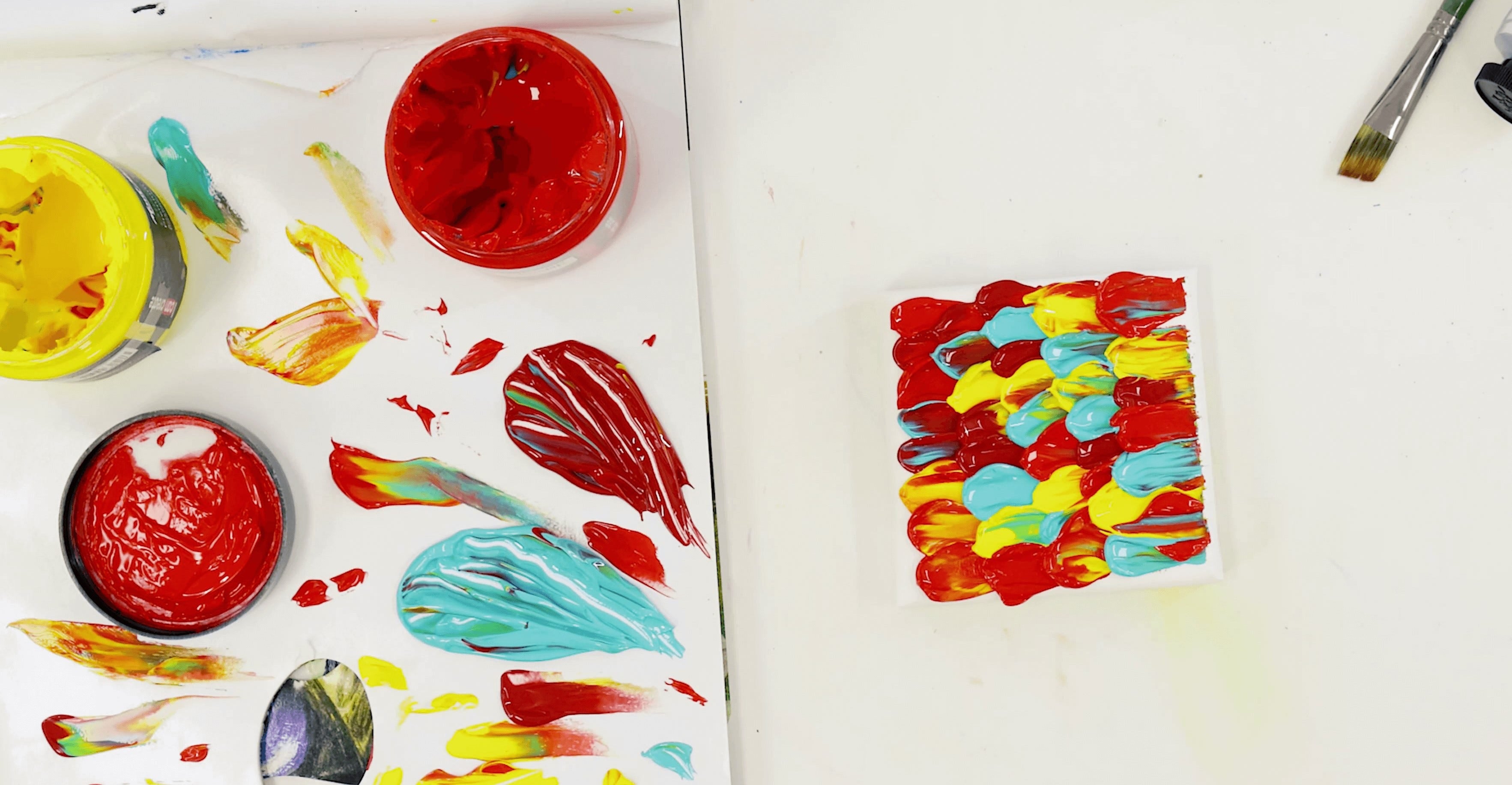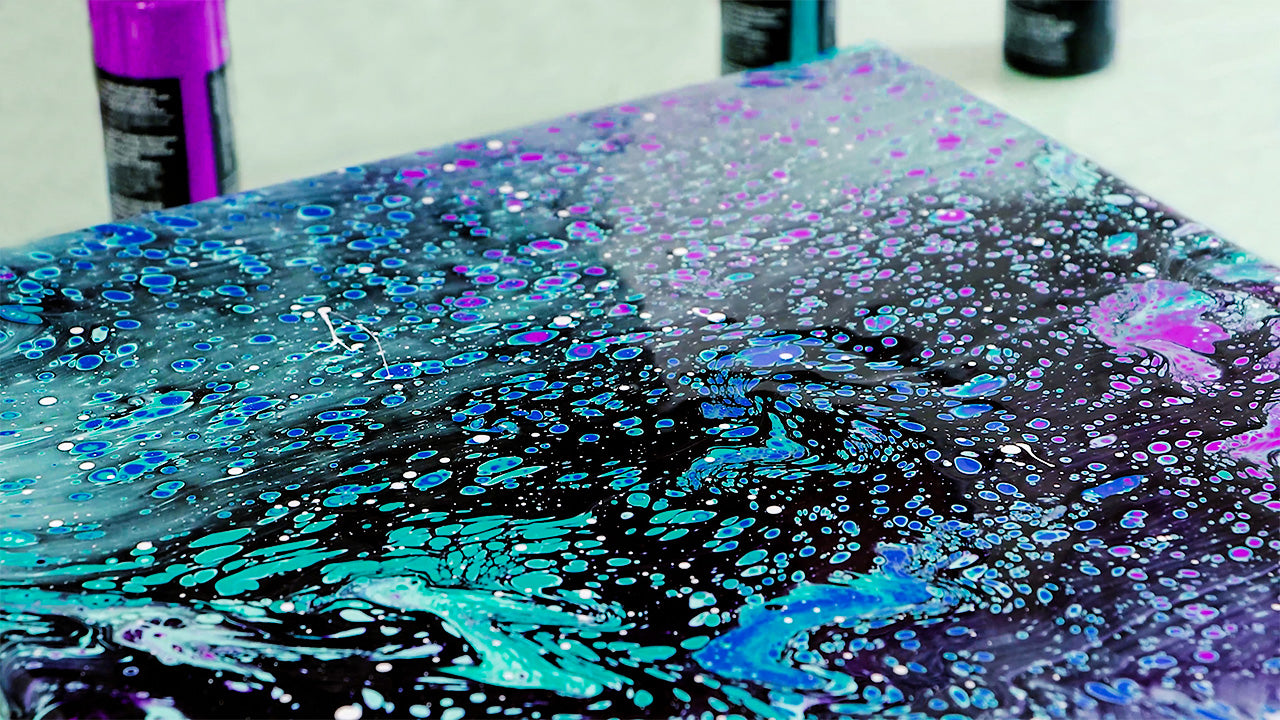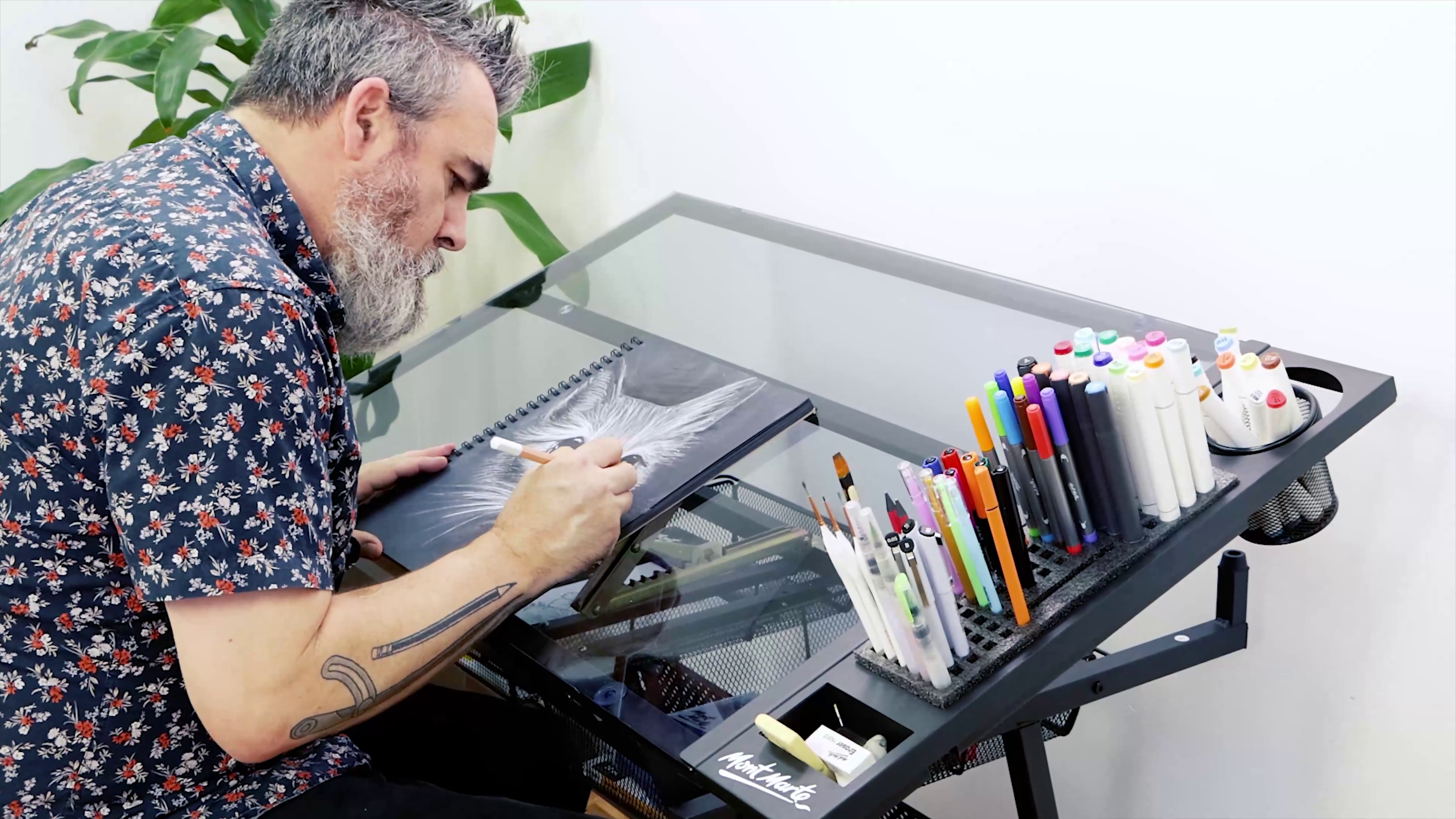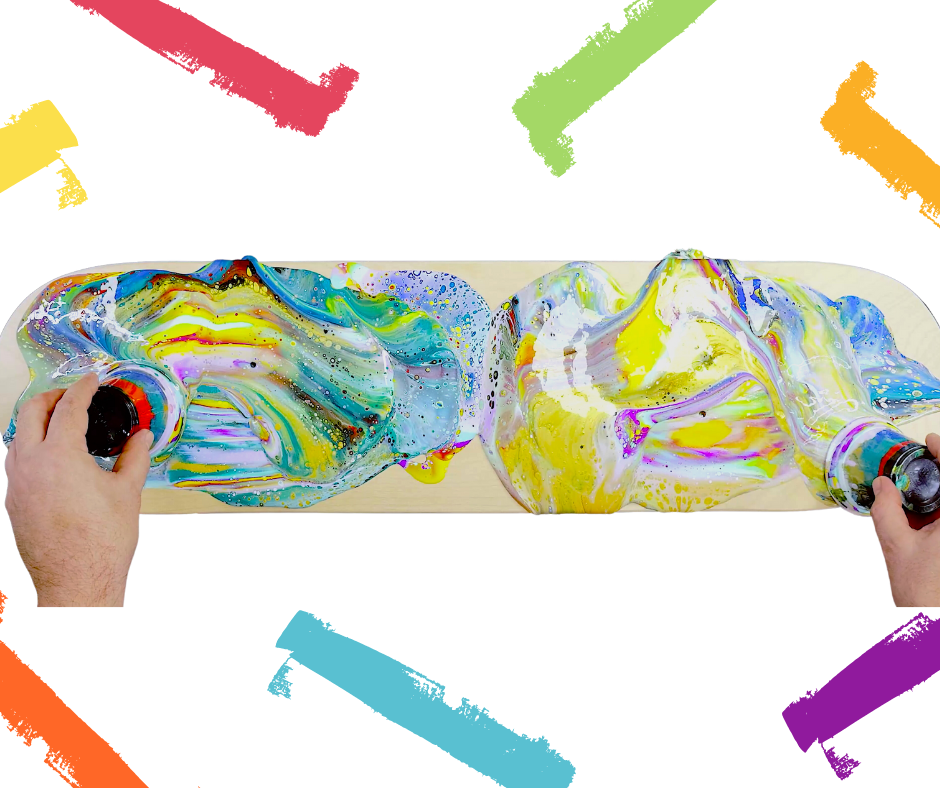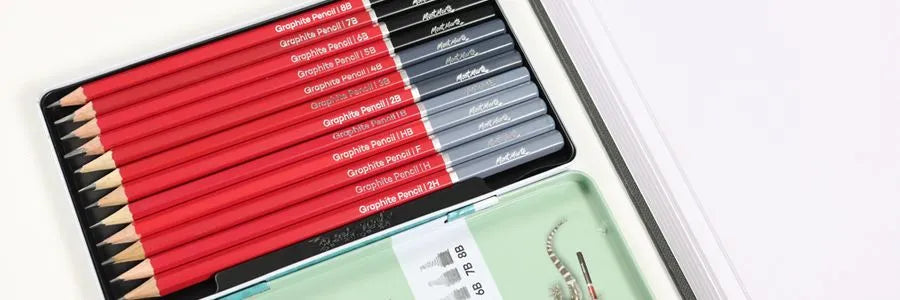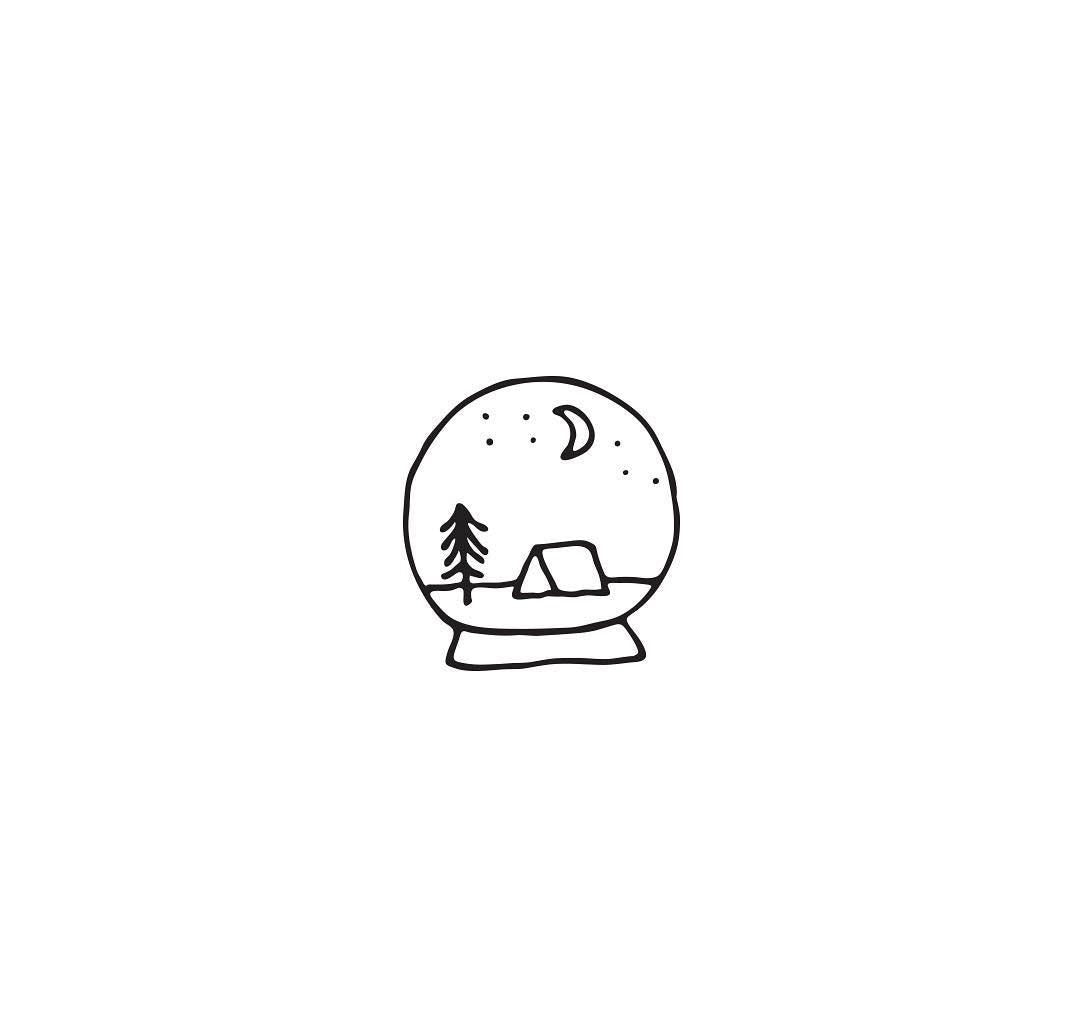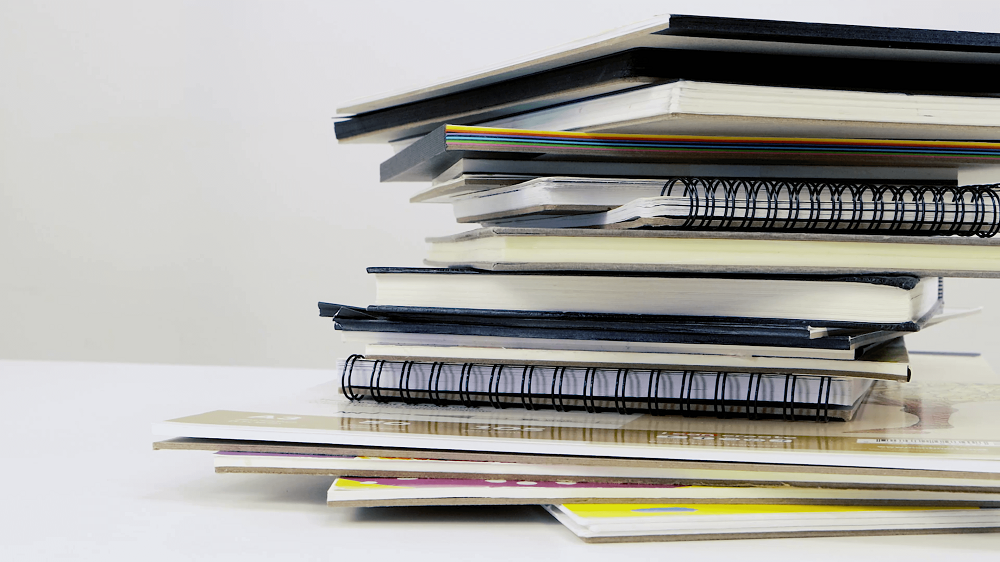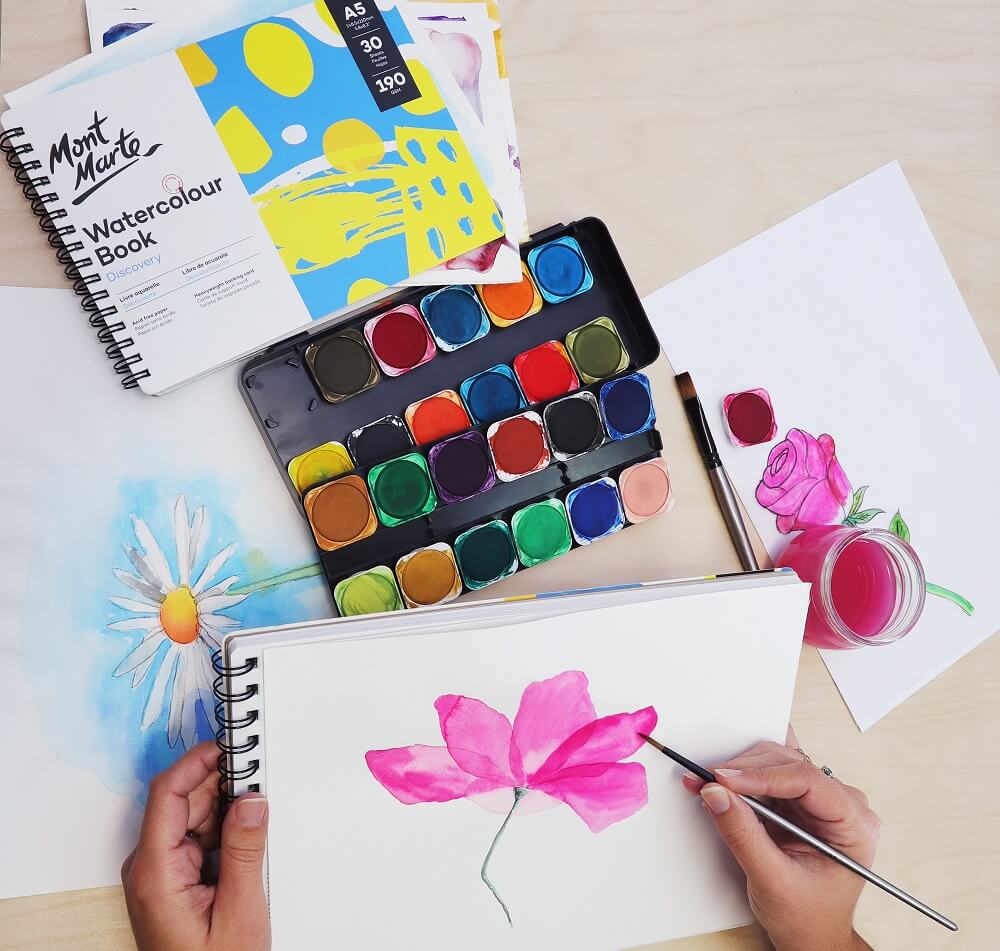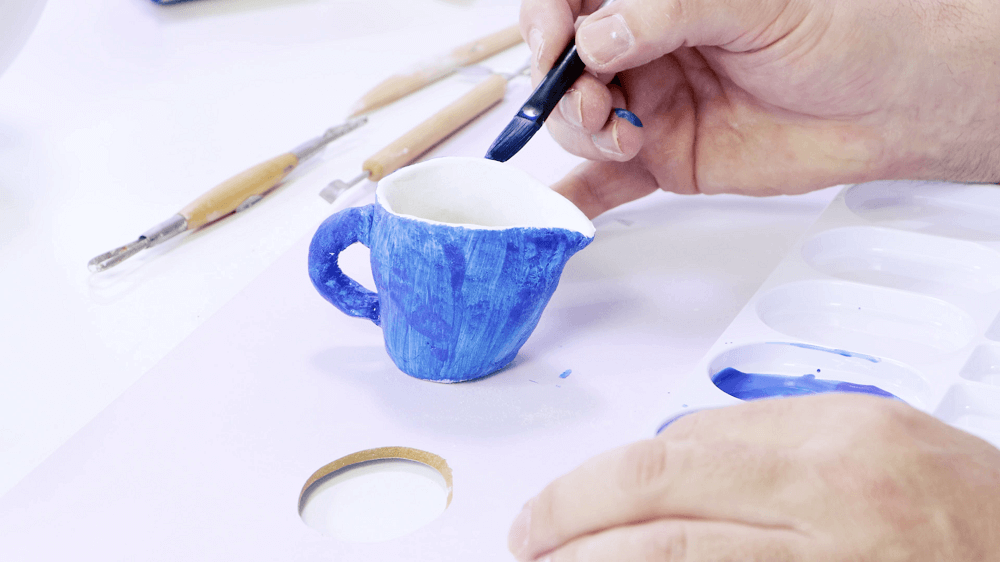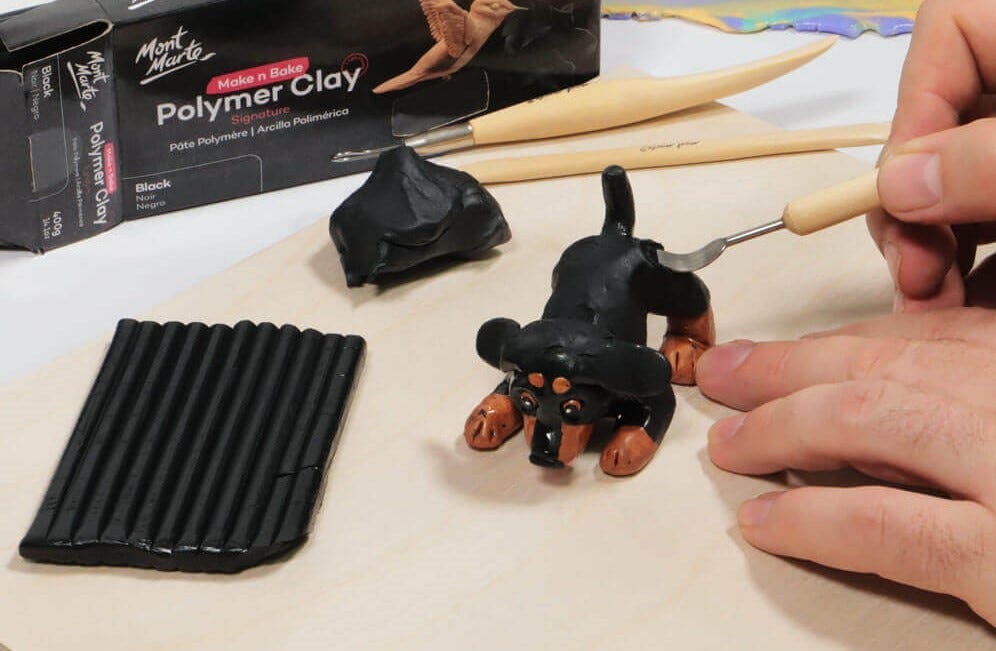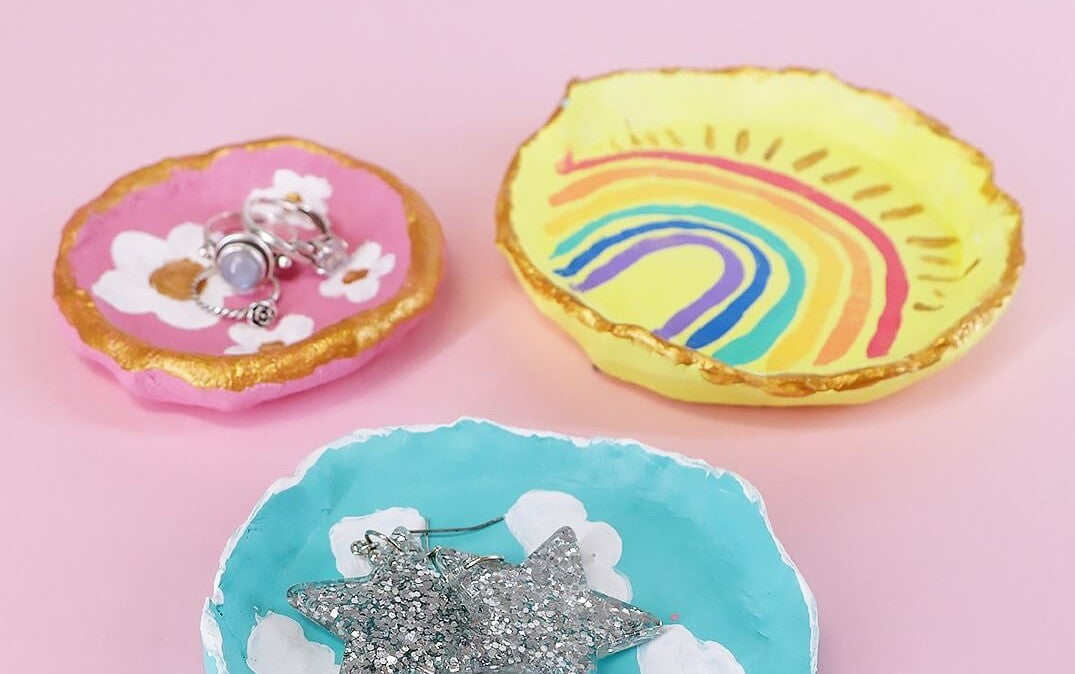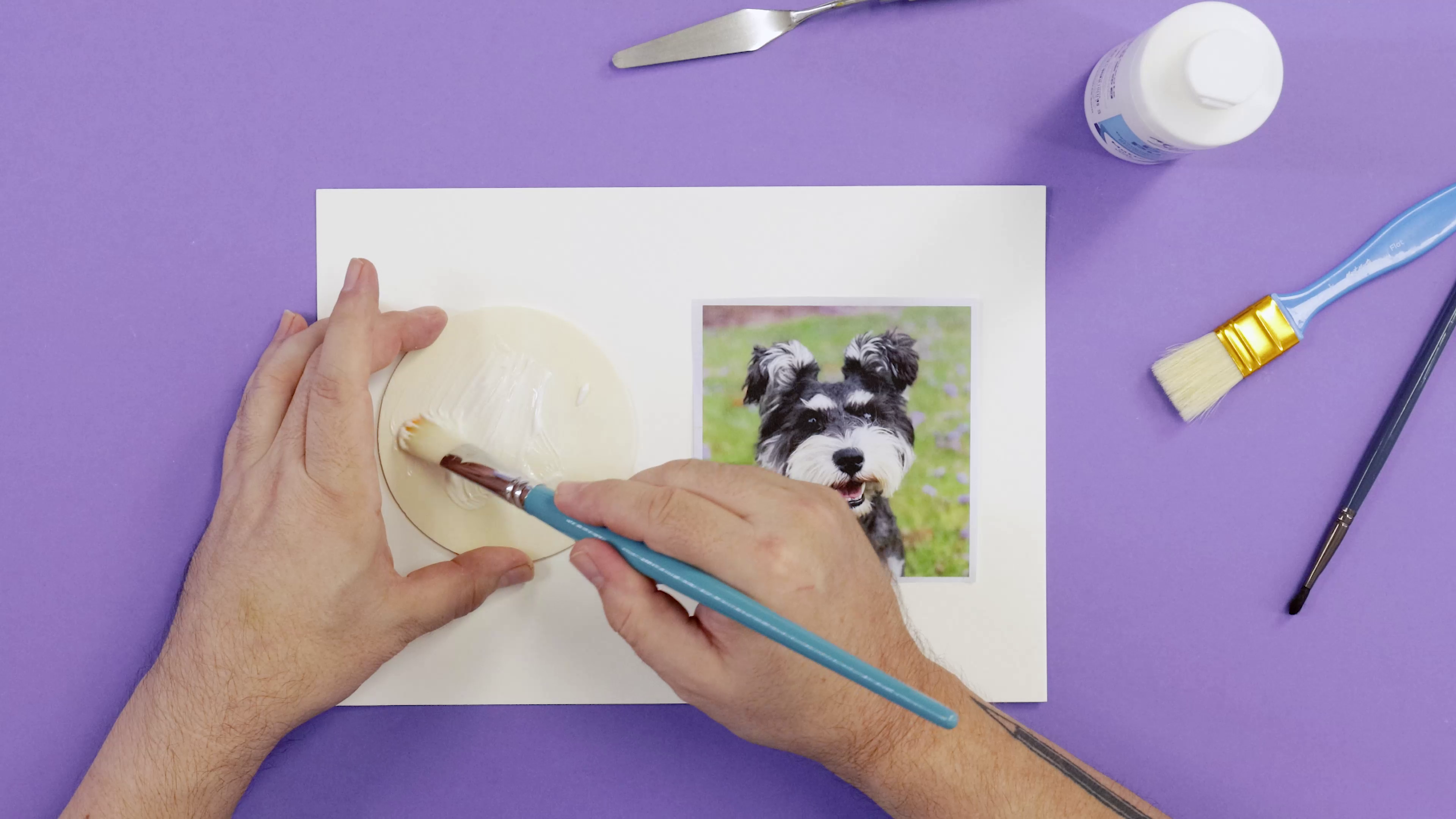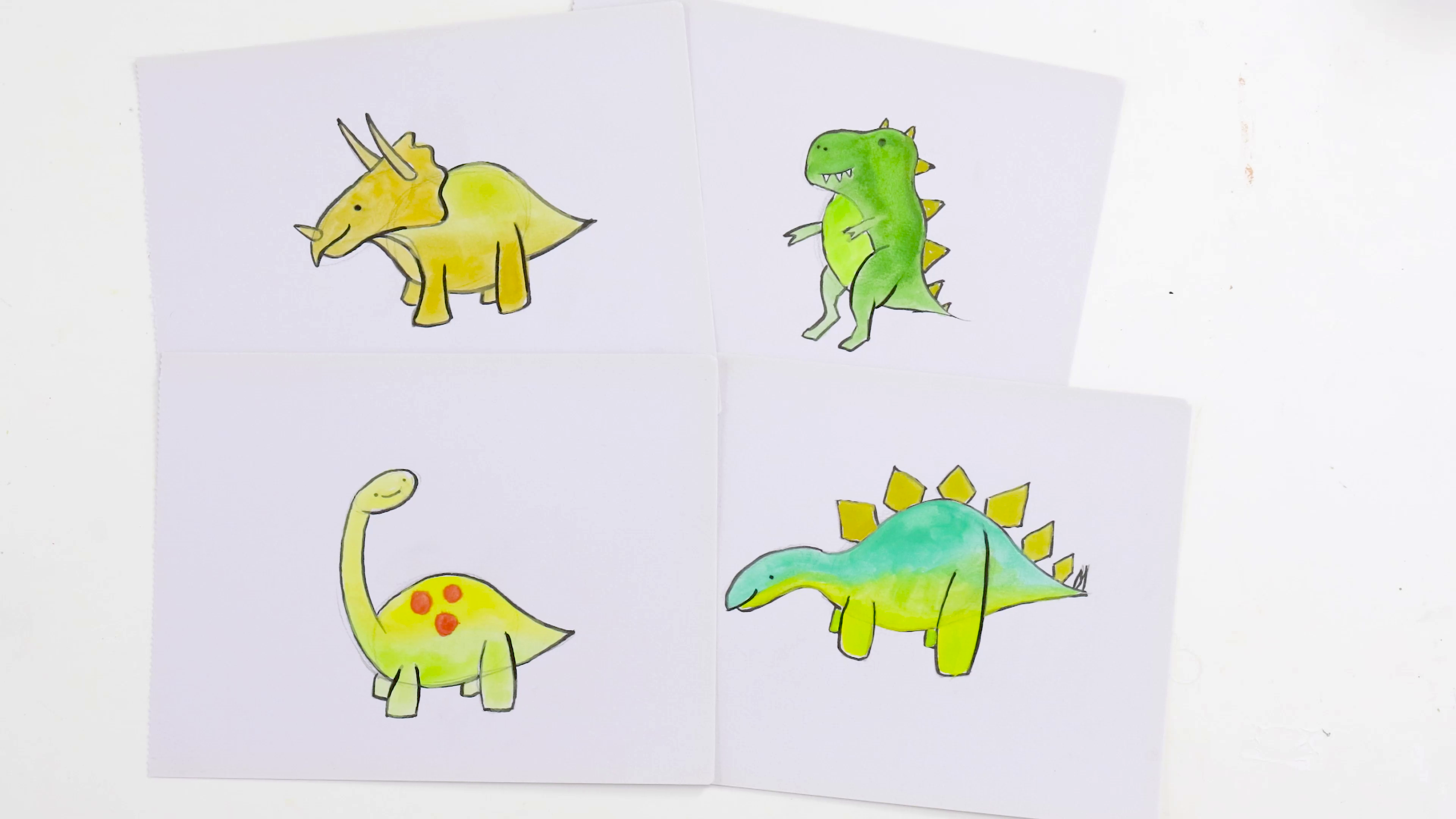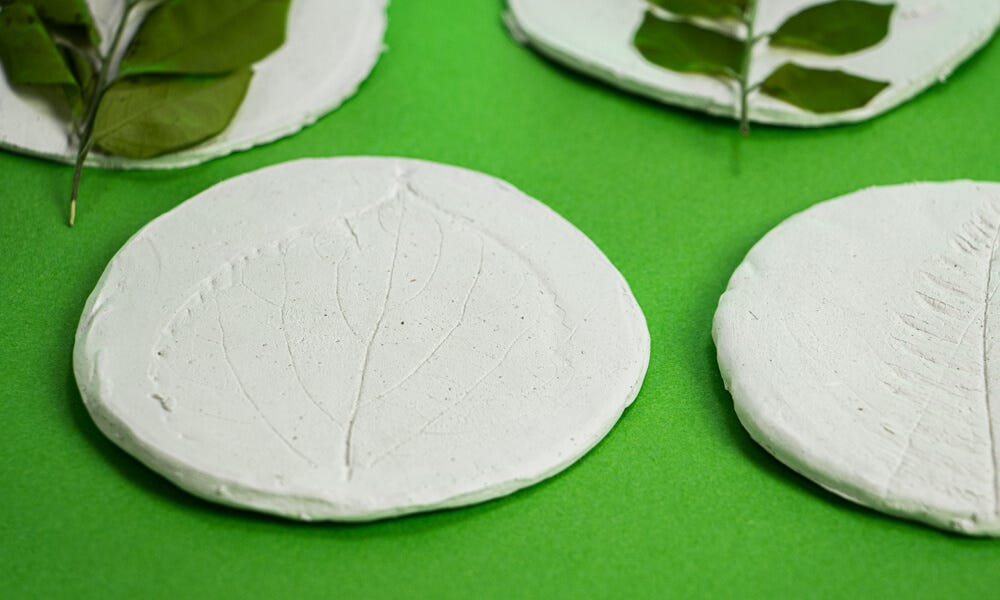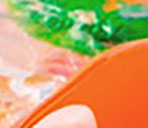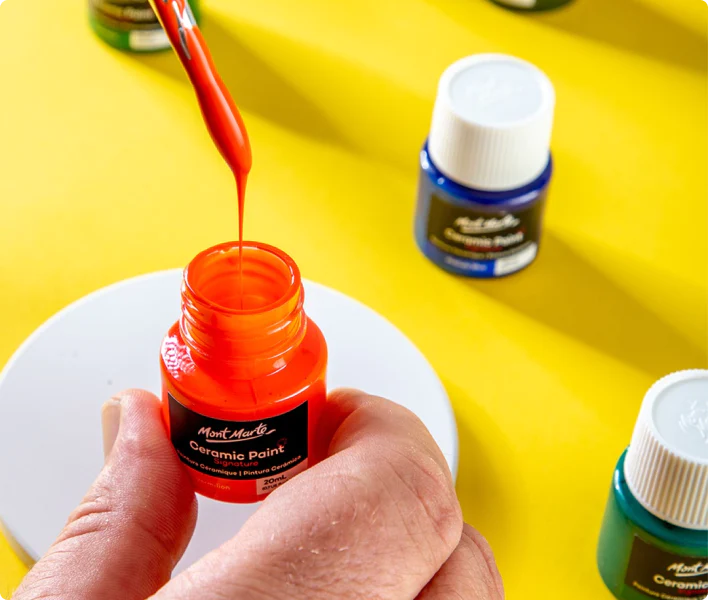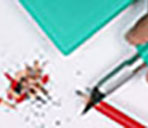Stepping into creativity is an exciting adventure filled with endless possibilities, so we’re here with some art tips to get you started! Whether you're brand new to the world of art or looking to brush up on your skills, we’re hoping to ignite your passion and unleash your inner artist. Let's dive in and explore creating together!
1. Finding your fave art medium

Finding the right art medium is like finding your favourite flavour of ice cream – it's all about personal preference! Start by experimenting with different mediums like Acrylic Paint, Oils, Watercolours, Charcoal, Pastel, and Clay to discover which ones speak to you the most. Each medium has its own unique characteristics and techniques, so don't be afraid to try new things until you find a good fit.
Remember, there's no right or wrong choice – it's all about what feels right for you and allows you to express yourself creatively. Even if you already have a fave medium, it’s well worth regularly dabbling with new ones to expand your horizons.
2. Learn art basics

Before diving into complex techniques, checking out the basics is a good place to start. Learning about art fundamentals like composition, form, shape, line contrast, and perspective lays the groundwork for creating a compelling piece. Start by tackling each concept on its own, experimenting with quick sketches to capture the essence of contrast or linework and so on!
Composition refers to the arrangement of different elements within an artwork (like the still life above), while form, line, and shape deal with the structure and contours of objects. Contrast adds visual interest by highlighting differences in light, colour, and texture, while perspective creates the illusion of depth and space. By familiarising yourself with these basic principles and having a go at aimlessly doodling with them in mind, you'll be better equipped to bring your artistic visions to life.
3. Art practice makes perfect (whatever that may look like!)

Practice, practice, practice! This really is the key to getting better and more comfy with creating. Behind every talented artist is years of time and effort spent honing their skills – it’s all part of the process. The important thing is making sure it doesn’t become a chore! Use your practice as a chance to be mindful and present, without putting expectations on yourself. While practice helps, creativity won’t come naturally if you try and force it.
We recommend setting aside a little time each day to sketch, paint, or doodle – even if it's just for a few minutes. This keeps your mind active and your creativity flowing, so your newfound skills and techniques stay sharp. Whether you're honing your drawing skills, experimenting with different paints, or playing with polymer, every moment spent creating adds to your growth as an artist. Get on board with trial and error and remember that progress takes time, so be patient with yourself and celebrate the little wins along the way!
4. Try different art styles

Don't be afraid to venture out of your comfort zone and try different art styles. Whether it's realism, abstract, impressionism, or surrealism, exploring loads of styles will help you discover your voice as a creator! Each style has its own set of techniques, themes, and guidelines to dive into, so you can learn to express yourself in new and exciting ways. You may surprise yourself with which style you end up liking the most! Browse our Techniques and Guides to explore new styles.
5. Look for art inspiration

Inspiration can be found all around – from nature's beauty to the workplace, and even other artists. This doesn’t mean you should copy other people’s art, but rather try to surround yourself with things that inspire you and spark your imagination. Visit art galleries, explore online art communities, or take a walk in nature to recharge your creative batteries.
When you’re next looking for inspo, pay attention to the colours, shapes, textures, and patterns that catch your eye and incorporate them into your artwork in unexpected ways. Don't be afraid to put your own spin on familiar themes or subjects – experimentation helps fine-tune your creative identity!
6. Study art theory

Learning about art theory helps to unlock the secrets behind masterpieces you know and love. Read about the techniques, rules, and even science that goes into creating so you can tackle drawing anatomy, colour theory, and more with confidence!
Learn how to accurately capture the human body by studying anatomy books, attending life drawing classes, or exploring online tutorials (like ours!). Get comfy with colour theory to discover harmony, contrast, temperature, and value. You’ll be colour-matching and creating more realistic paintings in no time! We even have a handy how-to video to get you started.
The point is that learning the theory does usually help in practice. Start by picking things that interest you and go from there! Our site is a great resource for all things art, so check it out.
7. Take a creative break

Sometimes, the best way to boost your creativity is to take a step back and recharge. Take breaks when needed and indulge in activities that inspire you (even if it’s not art), whether it's reading a book, listening to music, or going for a walk. Giving your mind time to rest and rejuvenate will help you come back to creating with fresh eyes and renewed energy.
Use this time to reflect on your art journey and skillset, set goals for future projects, or just enjoy being present. Remember, creativity thrives with balance so nourish your mind, make self-care a priority, and give yourself permission to take breaks if you need them!
8. Make & embrace any art mistakes

Mistakes are an unavoidable part of exploring art – and that's okay! Use them to grow and learn because they can be pretty helpful. Don't be afraid to take risks and experiment with new techniques – if it doesn’t work out how you planned, then reflect on the cause and effect to do it differently next time. Every mistake is a valuable lesson that brings you one step closer to becoming the artist you aspire to be.
Mistakes aren’t even always a mistake – more of a happy accident! You may find that the colour you didn’t mean to mix goes better than the one you meant to. Or the outline that you messed up looks more edgy with wobbles. Instead of dwelling on what you thought would be a failure, use it as a springboard to open your mind to new ideas. Stay curious and enjoy the twists and turns of creating!
If you’re wanting some tips and tricks to fix common art mistakes, have a look at some of our growing collection below!
- How to fix cracks in air dry clay
- How to fix cracks in polymer clay
- How to fix a warped stretched canvas
- How to fix warped watercolour paper
- How to fix a ripped paper surface
- How to fix a dried out marker
- How to correct an acrylic paint pen or ink pen mistake
- How to stop your pour painting from going muddy
We hope these tips make you excited to get into creating. Just grab some Paints, Sketching Supplies, or Clay to get started. If you do make something, #montmarteart or tag us @montmarteart on Instagram or Facebook. We’d love to see what you create!
Stay updated with our latest tips, tricks, featured artists, projects, and more, and subscribe to Creative Connection by entering your email down below.


